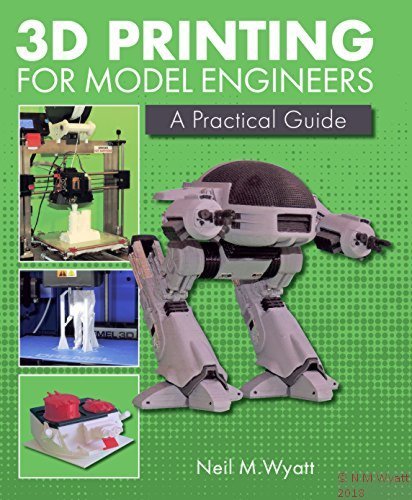Mild steel is not a specific material, but rather a catch-all for steels (iron alloys) that have relatively low-levels of carbon. This means that generally they can't easily be hardened (unlike high-carbon steels) and they are relatively ductile (easy to bend). While this limits their applications, it does make them relatively easy to produce and they are especially suited to to 'drawing' or 'cold rolling' into sized bars and flats. They are also generally easy to machine.
Though mild steels have a low carbon content, they are still classed as 'carbon steels'. The 'mild steels' most commonly encountered in the UK are designated EN1a, EN3 and EN8.
EN1a
Also known by the instantly forgettable code of 230M07, you are still more likely to find 'bright mild steel' classified as EN1a. EN1a is available as round, square and flat bar with a good finish and fairly accurately sized (you can buy accurate ground bars as well). It is a great all-round material for parts that are not going to be highly stressed or subjects to high levels of wear. It might not be the ideal material for making machine tools for use in a factory, but is usually fine for making your own devices. It machines easily and gives a good finish, the variant EN1a Pb has added lead and is even freer machining.
It's low carbon content makes it virtually impossible to harden but it can be case hardened (although EN1a Pb doesn't case harden well). It should not be welded.
Bright drawn metal has a lot of 'locked in' stress. If you do any asymmetrical machining of EN1a bar don't be surprised to see it bend like a banana! This, rather than its relatively low strength, makes it unsuitable for parts such as crankshafts.
In practice, you are likely to find that EN1a is the most useful general purpose, inexpensive material for non-critical components but is best avoided for bolts, studs or high wear/load parts.
EN3
EN3, also known as 070M20, is a slightly higher carbon content mild steel that is suitable for welding and one of its main uses is for making steel fabrications. It has good machineability, but isn't quite as pleasant to work as EN1a, being best machined with a lubricant.
It is typically available as bright drawn bars and a hot rolled bars. Hot rolled steel is less accurately sized and has a poor finish but it is stress-relieved so it is the ideal alternative to bright bar for asymmetrical or heavily machined parts. It is also suitable for making lightly loaded fixings.
EN3 can be case hardened.
EN8
EN8, or 080M40, is actually a medium-carbon steel but it is usually classed as a 'mild steel'. It is stronger than EN3 but does not machine so well and a cutting fluid of some sort is essential to get a reasonable finish.It is generally available a bright drawn round bars.
Like EN1a and EN3 it tends to bend rather than break, which can be a useful property in situations where complete failure would cause a hazard. Unlike EN3 and EN1a it is reasonably easy to harden EN8 to increase its surface hardness and wear resistance, but it does not become as hard as high-carbon steels.
EN8 welds well and even fairly thick sections (up to 18mm) can be welded without preheating. It is a good choice for parts or fixings that have to bear moderate loads where going to a higher carbon steel would be overkill.
For applications where you do need extra strength see High Carbon Steels


